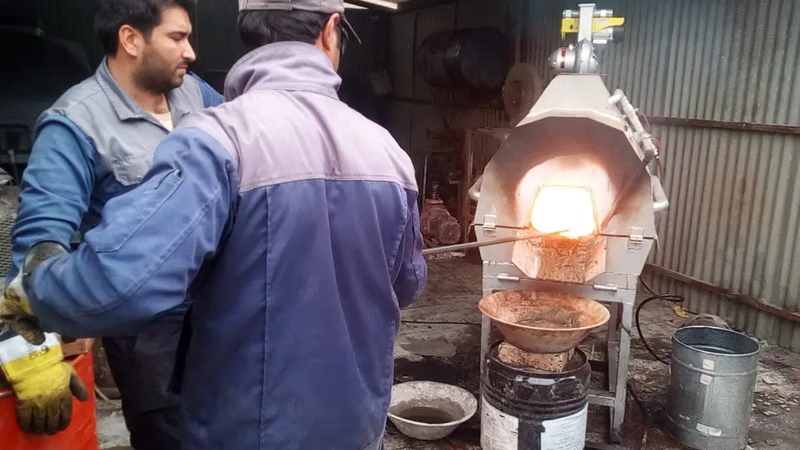
Silver market insights: trends in West Asia"s commodity trade. "
Silver prices in West Asia are influenced by global factors that impact the overall silver market. These include factors such as global economic conditions, geopolitical events, monetary policies, and investor sentiment. Monitoring global trends and developments in the silver market is essential for understanding the broader context that can affect silver prices in West Asia. Industrial demand plays a significant role in determining the price of silver. West Asia's growing industrial sector, including construction, electronics, and automotive industries, contributes to the demand for silver in the region. Factors such as economic growth, industrial production, and technological advancements can influence the demand for silver and subsequently impact its price.
The availability of silver supply globally and within West Asia affects its price. Factors such as mining production, recycling rates, and geopolitical factors impacting silver-producing regions can influence supply dynamics. Changes in supply levels can have implications for the price of silver in the region. Exchange rates between local currencies in West Asia and major global currencies can affect the price of silver. Fluctuations in currency exchange rates can impact the purchasing power of participants in the silver market, potentially influencing demand and price levels.
The silver market has attracted a lot of attention in 2021, and according to mainstream retail investors, it is a precious metal that will be monitored in the new year by the investors who have been waiting a long time for silver to finally reach its credit and surpass gold. For the consecutive fifth year, retail investors consider gray metal as the premier asset in the precious metals sector.
This year, 1,015 people took part in the Kitco News Outlook 2021 Online Survey. A total of 568 voters on Main Street, or 56% of experts expected silver to outperform other metals next year. Silver is on the rise as the precious metal has seen a historic rise since falling to $ 12 an ounce due to financial turmoil caused by the Coronavirus.
The price of silver has risen 115% from its lowest level. In comparison, the price of gold per ounce is 25% higher than the lowest level in March. Many analysts also see the performance of silver as better than the performance of gold in 2021. Low interest rates, a weakening US dollar, and rising inflationary pressures are driving gold and silver, both of which are seen as monetary metals. However, the improvement in economic activity next year will add another pillar to support silver.
Technical analysis involves studying historical price patterns, trends, and market indicators to forecast future price movements. Chart patterns, support and resistance levels, and other technical indicators can provide insights into potential price trends. Traders and analysts often use technical analysis in combination with fundamental analysis to make price forecasts. Market sentiment, driven by factors such as investor confidence, market psychology, and speculative activities, can impact the price of silver. News events, economic data releases, and market rumors can influence sentiment and trigger buying or selling pressure, affecting silver prices.
Silver is considered a store of value and an investment asset. Fluctuations in investment demand can significantly impact the price of silver. Factors such as inflation, interest rates, currency movements, and investor sentiment towards precious metals can influence the demand for silver as an investment, leading to price fluctuations. West Asia has a strong cultural affinity for silver jewelry and silverware. Consumer demand, influenced by factors such as disposable income, fashion trends, and cultural preferences, can impact the price of silver in the region. Monitoring consumer behavior and market trends in the jewelry and luxury sectors provides insights into the potential direction of silver prices.
-
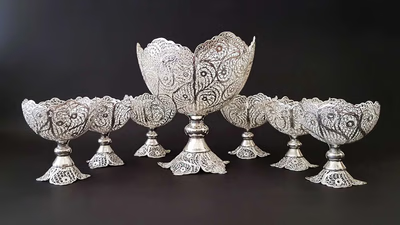
The silver market in West Asia is characterized by a rich cultural heritage and a growing demand for both jewelry and investment products. Countries like Saudi Arabia, UAE, and Iran are key players, with a strong market for traditional and contemporary silver jewelry. The region is also witnessing an increase in the demand for silver bullion, coins, and investment vehicles such as ETFs. Industrial applications of silver are expanding due to rapid growth in sectors like construction and electronics, where silver"s unique properties make it essential. Despite its dual role as an investment commodity and consumer good, less than one-third of silver demand comes from jewelry and investment products. The price of silver is influenced by diverse factors beyond mere consumer trends, including industrial demand which plays a significant role in price determination. Additionally, the luxury market in the Middle East thrives on high-end silver items, appealing to affluent consumers. Cultural significance also drives the use of silver in religious artifacts and traditional ceremonies.
Overall, the dynamics of the West Asian silver market are shaped by local consumption patterns influenced by global price fluctuations and economic conditions. "
-

Silver metal has diverse applications across various industries, primarily due to its unique properties. In jewelry making, silver"s antibacterial characteristics make it ideal for silverware. In the medical field, silver is utilized in wound dressings and as an antibiotic coating for medical devices, effectively combating infections through bioactive silver ions. The electronics sector benefits from silver"s high electrical conductivity, using it in conductors and electrodes for semiconductor devices and circuits. Additionally, silver solder is essential for joining metals like cobalt and copper, enhancing efficiency and corrosion resistance. Silver"s low reactivity and high thermal conductivity make it valuable in chemical equipment manufacturing, often used in high-temperature applications. As a catalyst, powdered silver facilitates oxidation reactions, converting organic matter into carbon dioxide and water. While generally less toxic than other heavy metals, certain silver compounds can pose health risks if ingested or improperly handled.
Overall, the versatility of silver across these sectors highlights its significance in modern industry. "
-
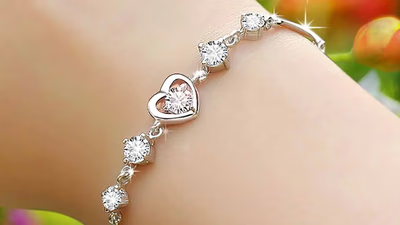
Silver is a versatile metal with numerous applications across various industries. Its aesthetic appeal and durability make it a popular choice for jewelry and decorative items. In electronics, silver"s excellent conductivity is crucial for manufacturing components like circuit boards and connectors, as well as in devices such as smartphones and televisions. The metal also plays a significant role in traditional photography, chemical reactions, and medical applications due to its antimicrobial properties. Silver is used in solar panels, batteries, and water purification systems, showcasing its importance in modern technology. Despite its higher cost compared to other metals like copper, silver"s unique properties make it indispensable in many sectors. The demand for silver has shifted towards new technologies over the past decade, with major consumers including the United States, China, and India. Its high reflectivity makes it ideal for mirrors and optical coatings, while its ability to form alloys enhances its utility in various industrial applications.
-

Silver prices in West Asia are shaped by various global and regional factors. Key influences include economic conditions, geopolitical events, and investor sentiment. The region"s industrial demand, particularly from sectors like construction and electronics, significantly impacts silver prices. Supply dynamics, driven by mining production and recycling rates, also play a crucial role. Currency exchange rates between local currencies and major currencies can affect purchasing power in the silver market. Retail investors have shown increasing interest in silver as a premier asset, with many expecting it to outperform gold. The price of silver has seen a substantial rise since its low during the pandemic, driven by low interest rates and inflationary pressures. Technical analysis is often employed alongside fundamental analysis to forecast price movements based on historical patterns and market indicators.
Market sentiment can shift due to news events or economic data releases, influencing buying or selling pressure on silver prices. Additionally, cultural factors in West Asia contribute to consumer demand for silver jewelry and luxury items, further affecting price trends. "
-
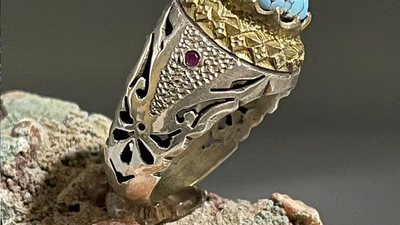
The silver futures market in Western Asia serves as a vital platform for price discovery, enabling participants to assess future silver values essential for hedging against price risks. Producers, manufacturers, and jewelers utilize this market to manage potential fluctuations through futures contracts. Additionally, traders can engage in speculative activities by taking long or short positions based on market analysis. The region"s economic growth enhances the demand for silver, allowing investors to capitalize on local trends. The market also offers Sharia-compliant contracts, appealing to those seeking ethical investment opportunities. Integration with global commodities exchanges provides access to broader trading opportunities and improves liquidity. Silver"s unique characteristics as both a safe commodity and an industrial product differentiate it from gold, with industrial demand playing a significant role in price determination. Futures contracts enable leveraged trading, attracting those looking to profit from minor price movements while diversifying portfolios beyond traditional assets like stocks and bonds.
-
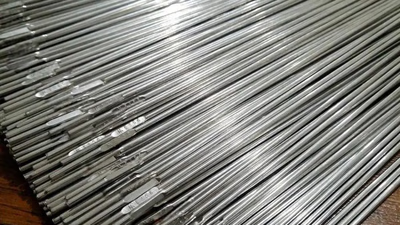
Silver paste production in West Asia is emerging, with specialized facilities primarily located in the UAE, Saudi Arabia, and Iran. The process requires high-quality raw materials such as silver powder, binders, and additives. Quality control is critical, involving rigorous testing methods to ensure the paste meets industry standards. An Iranian company has pioneered silver paste production in the region, achieving a capacity of 6 tons per year and preventing significant foreign currency outflow. Their product has been successfully tested in automotive applications, showcasing its potential for various industries including electronics and semiconductors. Continuous research and development efforts are focused on improving formulations and application techniques to enhance performance. The production process includes careful formulation of silver paste to achieve desired properties like electrical conductivity and adhesion. This involves mixing silver particles with binders and solvents, followed by milling to ensure uniform particle size distribution. As the market for silver paste grows in West Asia, opportunities for B2B marketplaces and supply chain solutions are expanding.
-
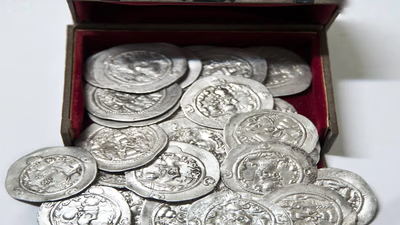
The price of silver is influenced by various supply and demand factors. Limited production and reserves, with historical mining totaling 1. 5 million tons and current reserves at 29,665 tons, play a crucial role. Key supply factors include mining methods, labor strikes, and the output from major producers like Mexico, Peru, and China. Demand for silver can be categorized into four areas: as a safe investment commodity, in jewelry and decorative items, as an industrial good, and its correlation with gold prices. Economic indicators such as Federal Reserve monetary policy significantly impact silver prices; for instance, rising interest rates typically lead to lower prices. Conversely, high inflation rates increase demand for silver as a hedge against currency devaluation. Additionally, fluctuations in the dollar"s value inversely affect silver prices.
Economic instability also drives investors towards safe commodities like silver. The jewelry sector accounts for about 25% of annual demand, particularly during festive seasons in countries like India. Industrial applications consume approximately 50% of silver supply, linking its price to economic growth in developed nations. "
-

Silver is a versatile metal with exceptional properties that make it valuable across various industries. Its unparalleled electrical and thermal conductivity positions it as a crucial component in the electronics sector, where it is utilized in electrical contacts, switches, and circuit boards. The metal"s high reflectivity is leveraged in optics, mirrors, and solar panels. Additionally, silver"s strong antimicrobial characteristics are beneficial in medical applications, including wound dressings and antibacterial coatings, enhancing hygiene and reducing infection risks. Silver-based alloys are favored for brazing and soldering due to their low melting points and robust bonding capabilities. In water treatment systems, silver ions effectively eliminate bacteria and impurities. Although more abundant than gold in the market, silver remains a precious metal with historical significance across cultures. Its malleability and aesthetic appeal make it popular for jewelry and luxury items. Furthermore, silver plays a role in chemical production as a catalyst and is used in specialized batteries and photovoltaic cells for solar energy conversion.








